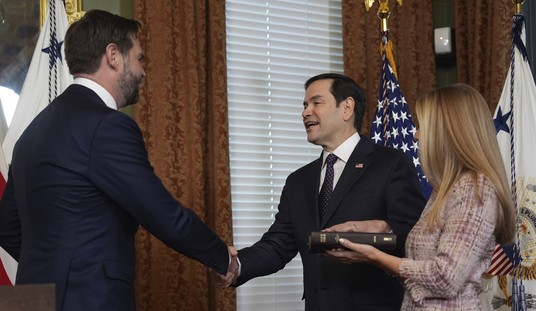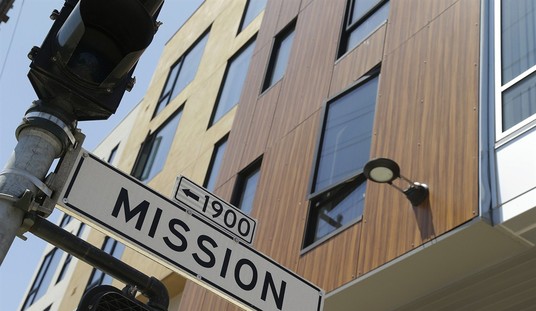Today’s unemployment news gave the Obama administration a bit of good news for the upcoming election — and really just a bit — but Gallup had already provided a big dash of cold water yesterday. In their look at partisan trends on a state-by-state basis, there has been a dramatic shift in favor of the Republican Party over the last four years. In 2008, when Obama won his first term, 18 states were solidly Democratic while only four were solidly Republican. It’s now 12 to 10, and that’s not even the extent of the bad news for the White House:
Democrats have lost their solid political party affiliation advantage in 18 states since 2008, while Republicans have gained a solid advantage in 6 states. A total of 17 states were either solidly Republican or leaning Republican in their residents’ party affiliation in 2011, up from 10 in 2010 and 5 in 2008. Meanwhile, 19 states including the District of Columbia showed a solid or leaning Democratic orientation, down from 23 in 2010 and 36 in 2008. The remaining 15 states were relatively balanced politically, with neither party having a clear advantage.
Gallup classifies each state as solid Democratic, leaning Democratic, competitive, leaning Republican, or solid Republican, based on the percentage of residents identifying with or leaning toward the Democratic versus Republican parties. The 2011 results are based on Gallup Daily tracking interviews with more than 350,000 U.S. adults, including interviews with 1,000 or more residents in each of the 50 states and 730 in the District of Columbia. Each state’s sample is weighted to be representative of the state’s adult population.
The findings make it clear that U.S. states have undergone a dramatic political transformation since 2008, the year President Obama was elected, moving from a Democratically dominant political environment to one of parity.
Needless to say, this makes for a very different playing field in 2012, assuming that the trends continue. In looking at the new map on the Gallup site and modeling it at 270towin.com, a Republican who can win the battleground (gray) states would prevail in the Electoral College, 348-190. Even giving back a couple of obvious states — Oregon surely won’t go GOP, and Pennsylvania would be a surprise for Republicans — the GOP still wins, 321-217. The GOP could even lose Michigan (305/233), Nevada (299/239), and Colorado (290/248) and still win the Presidency.
That’s not the only trend in play, either. Philip Klein reports on a Pew study that shows Jewish voters becoming less attached to the Democratic Party:
In 2008, Pew found that 72 percent of Jews identified as Democrats and just 20 percent as Republicans. In 2011, that shifted to 65 percent to 29 percent, marking a 16-point narrowing in the net margin. Part of that has to do with an overall move toward the Republican party in the past three years. But not all of it. Republican gains among Jews were the biggest among any religious group other than Mormons.
“For most religious groups and for the public as a whole, the trend toward the GOP has come from people who are increasingly likely to say they lean toward the Republican party,” the Forward quoted Greg Smith, a senior researcher at Pew, as saying. “Jewish voters are really the exception.That’s the one religious group we’ve analyzed where the shift toward the GOP is not among leaners, but rather among actual Republican identifiers.”
Philip rightly notes that this shift may not impact a presidential race, as the Jewish vote might not be enough to impact an entire state, at least one close enough in polling to be impacted. However, it may start Democrats wondering how they lost their large numerical advantage in states and how they managed to start alienating one of their most loyal constituencies during the Obama presidency.








Join the conversation as a VIP Member